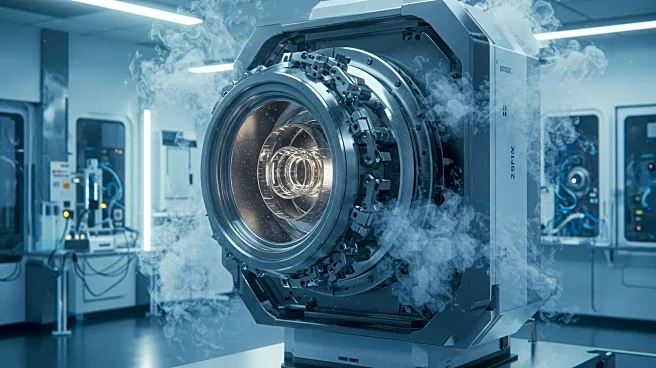What's Happening?
Recent studies have investigated the effects of experimental background noise on the resolution limits of single-particle imaging (SPI) using X-ray Free Electron Lasers (XFELs). The research focused on the Escherichia coli chaperonin GroEL, a protein previously observed at XFELs, to understand how background noise impacts imaging quality. Simulations were conducted to assess diffraction patterns under varying noise conditions, revealing that reducing background noise significantly enhances resolution. The study utilized advanced techniques such as Poisson sampling and the Expand-Maximize-Compress (EMC) algorithm to improve signal-to-noise ratios and achieve better resolution in imaging biological samples.
Why It's Important?
The findings are crucial for advancing structural biology, as they highlight the importance of minimizing background noise in SPI experiments. Improved resolution can lead to more accurate imaging of biological particles, which is essential for understanding complex biological processes and developing new medical treatments. The research suggests that technical advancements in sample delivery and background reduction could significantly enhance the capabilities of XFELs, potentially benefiting fields such as drug discovery and molecular biology.
What's Next?
Future experiments are expected to focus on further reducing background noise and increasing the number of diffraction patterns to achieve even higher resolutions. Researchers may explore new methods for sample delivery and background correction to optimize imaging quality. These advancements could pave the way for more detailed studies of ultrafast dynamics in biological systems, offering insights into molecular interactions and cellular functions.











